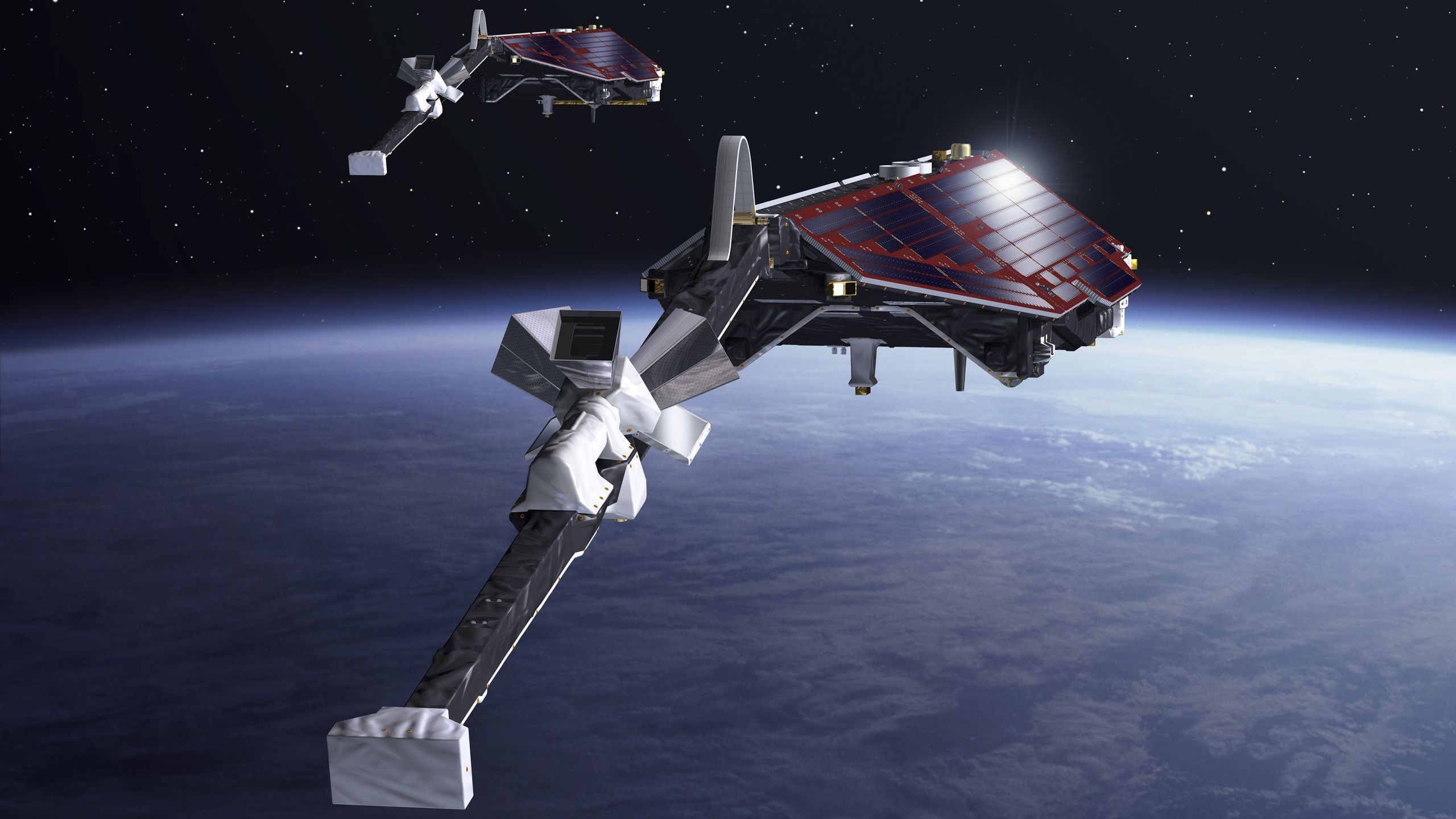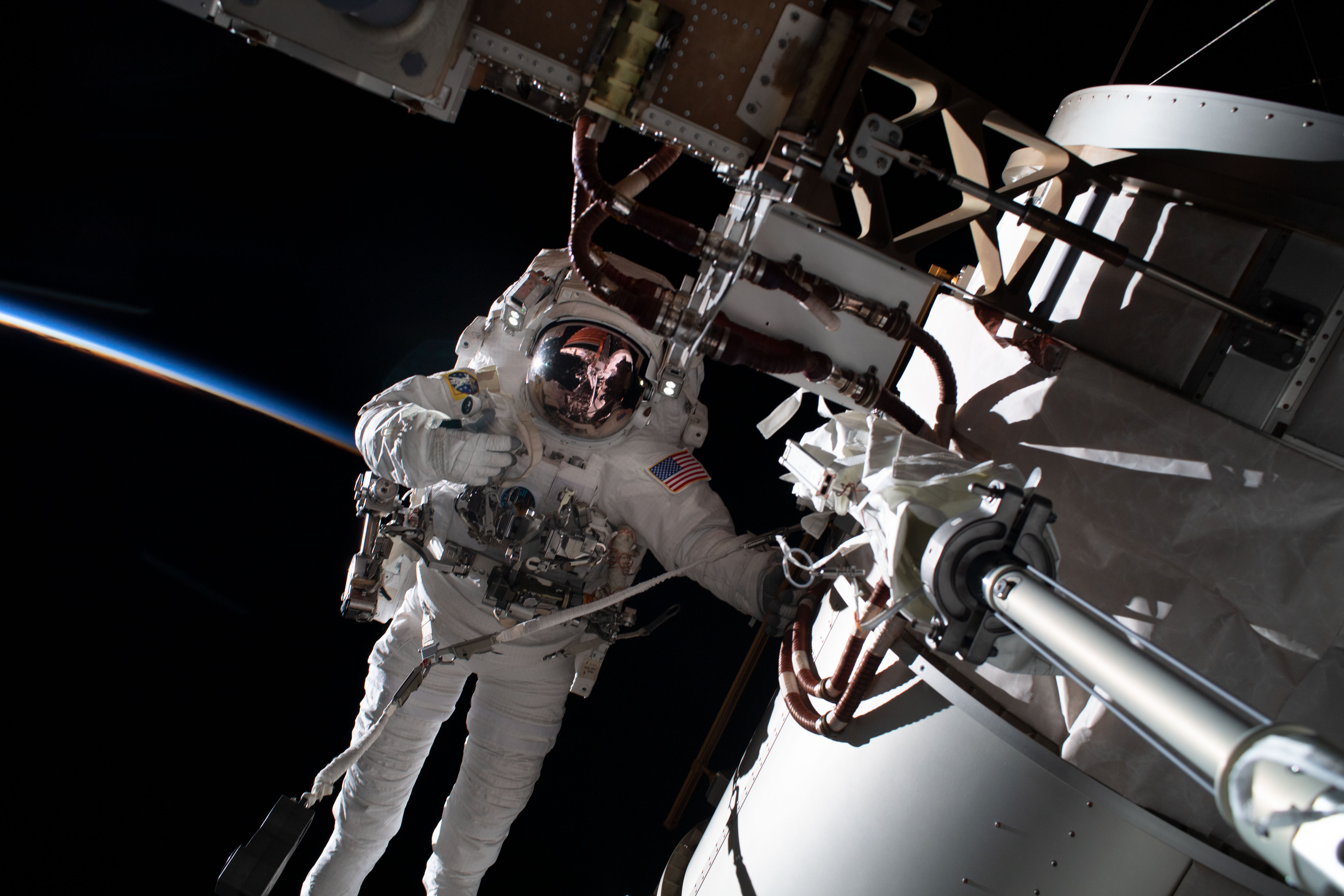Navigation
Install the app
How to install the app on iOS
Follow along with the video below to see how to install our site as a web app on your home screen.
Note: This feature may not be available in some browsers.
More options
You are using an out of date browser. It may not display this or other websites correctly.
You should upgrade or use an alternative browser.
You should upgrade or use an alternative browser.
The Night Sky
- Thread starter Roccus7
- Start date
Astronomy humor: Subaru sees Mercury flaming out!!
OK, the real 'splanation... The group of stars up top is an open cluster of stars, the Pleiades or 7 Sisters to most of us, but to our Japanese friends, it's SUBARU, ergo the car company's star logo. The "comet" below is NOT a comet, but it's the planet Mercury.
Here's why there's a "tail": Long exposures of our Solar System's innermost planet may reveal something unexpected: a tail. Mercury's thin atmosphere contains small amounts of sodium that glow when excited by light from the Sun. Sunlight also liberates these molecules from Mercury's surface and pushes them away. The yellow glow from sodium, in particular, is relatively bright. Pictured, Mercury and its sodium tail are visible in a deep image taken last week from La Palma, Spain through a filter that primarily transmits yellow light emitted by sodium. First predicted in the 1980s, Mercury's tail was first discovered in 2001. Many tail details were revealed in multiple observations by NASA's robotic MESSENGER spacecraft that orbited Mercury between 2011 and 2015.

OK, the real 'splanation... The group of stars up top is an open cluster of stars, the Pleiades or 7 Sisters to most of us, but to our Japanese friends, it's SUBARU, ergo the car company's star logo. The "comet" below is NOT a comet, but it's the planet Mercury.
Here's why there's a "tail": Long exposures of our Solar System's innermost planet may reveal something unexpected: a tail. Mercury's thin atmosphere contains small amounts of sodium that glow when excited by light from the Sun. Sunlight also liberates these molecules from Mercury's surface and pushes them away. The yellow glow from sodium, in particular, is relatively bright. Pictured, Mercury and its sodium tail are visible in a deep image taken last week from La Palma, Spain through a filter that primarily transmits yellow light emitted by sodium. First predicted in the 1980s, Mercury's tail was first discovered in 2001. Many tail details were revealed in multiple observations by NASA's robotic MESSENGER spacecraft that orbited Mercury between 2011 and 2015.
wader
Well-Known Angler

‘Cosmic horror.’ NASA pinpoints terrifying ‘sounds’ echoing from distant black hole
“The void itself has a voice and we have just heard it.”
‘Cosmic horror.’ NASA pinpoints terrifying ‘sounds’ echoing from distant black hole
he unsettling “sounds” of a black hole can finally be heard thanks to new NASA technology, and listeners are calling the result hypnotic and downright “terrifying.”
NASA posted a 34-second recording on YouTube May 4, explaining the source of the sinister recording comes from deep within the Perseus Galaxy Cluster, some 250 million light years from Earth.
“The popular misconception that there is no sound in space originates with the fact that most of space is essentially a vacuum, providing no medium for sound waves to propagate through,” NASA reported.
“A galaxy cluster, on the other hand, has copious amounts of gas that envelop the hundreds or even thousands of galaxies within it, providing a medium for the sound waves to travel.”
Those “ripples” have been made audible with a sound machine — a process called “sonification” — after NASA says it overcame the challenge of raising the “astronomical data” to a level humans can hear.
NASA dodged describing the results from the black hole — which has such a strong gravitational pull that nothing, including light, can escape its invisible grasp — but the sound could be likened to ghostly howls ... or the collective moan of a billion lifeforms.
There are more than 5,000 reactions and comments on NASA’s Goddard Space Flight Center Facebook page, some using terms like “eerily beautiful” and “menacing,” while another warned to “stay the hell away from this place.”
Some described it as the “sound of darkness,” while others guessed we might be hearing cries from the underworld.

‘Cosmic horror.’ NASA pinpoints terrifying ‘sounds’ echoing from distant black hole
“The void itself has a voice and we have just heard it.”www.yahoo.com
‘Cosmic horror.’ NASA pinpoints terrifying ‘sounds’ echoing from distant black hole
Great soundtrack for Halloween - no kids coming to your door!
wader
Well-Known Angler

A Monster Black Hole in a Galaxy 236 Million Light-Years Away May Have Just Flipped Its North and South Poles
A Nasa team studying studying a galaxy named 1ES 1927+654 just documented some strange activity, which might be the result of changes in a monster black hole's magnetic field.
wader
Well-Known Angler

Rare night-sky event on tap with 5 planets and moon all visible
It hasn't happened since 1864 and isn't expected to occur again until 2040.
At about a half-hour before sunrise on Friday, all five planets visible to the naked eye and the moon will line up in an arc across our night sky.
It will be the first time in 18 years that so many planets will be visible to the unaided eye and the first time since March 1864 that Friday’s configuration will be visible. It won’t happen against until 2040, according to NASA.
Wait....wait....

 www.space.com
www.space.com

Wild solar weather is causing satellites to plummet from orbit. It's only going to get worse.
The change coincided with the onset of the new solar cycle, and experts think it might be the beginning of some difficult years.
On the flip side, we may get some great aurora activity!!!Wait....wait....

Wild solar weather is causing satellites to plummet from orbit. It's only going to get worse.
The change coincided with the onset of the new solar cycle, and experts think it might be the beginning of some difficult years.www.space.com
Avenger
Well-Known Angler

Rare night-sky event on tap with 5 planets and moon all visible
It hasn't happened since 1864 and isn't expected to occur again until 2040.www.pennlive.com
View attachment 50276
At about a half-hour before sunrise on Friday, all five planets visible to the naked eye and the moon will line up in an arc across our night sky.
It will be the first time in 18 years that so many planets will be visible to the unaided eye and the first time since March 1864 that Friday’s configuration will be visible. It won’t happen against until 2040, according to NASA.
We got up early to see the alignment. Unfortunately between obstructions, clouds and morning glow we couldn't see Mercury, but otherwise the planets put on a good show.
A group of 5 Italian amateur astronomers got together to put this college together with all the visible planets in the morning sky, including the elusive Saturn and Uranus, although there are may some here that might resemble the later...We got up early to see the alignment. Unfortunately between obstructions, clouds and morning glow we couldn't see Mercury, but otherwise the planets put on a good show.
Avenger
Well-Known Angler
NASA is releasing the first images from the Webb telescope live at 10:30 today:

 www.nasa.gov
www.nasa.gov
if you're interested.

NASA Live - NASA
NASA live: Follow live television broadcasts on NASA+, the agency's streaming service, and NASA's social media channels with this schedule of upcoming live events including news briefings, launches and landings.
if you're interested.
NASA is releasing the first images from the Webb telescope live at 10:30 today:
if you're interested.
Looks like Hubble to me, lol.
Maybe these are farther out or something.
Avenger
Well-Known Angler
I have to admit, they can take something that should be impressive and interesting and make it pretty tedious.
Scientists.
You need to see a split screen of the Hubble and Webb shots.
Southern Ring Nebula from Hubble:
Southern Ring Nebula from Webb:
wader
Well-Known Angler

NASA's James Webb telescope captures groundbreaking images of distant galaxies
Thanks to the telescope's deep and sharp infrared images, Earthlings are getting a more detailed look at distant galaxies than was ever possible.
some amazing pictures at the link
What looks much like craggy mountains on a moonlit evening is actually the edge of a nearby, young, star-forming region NGC 3324 in the Carina Nebula. Captured in infrared light by the Near-Infrared Camera (NIRCam) on NASA's James Webb Space Telescope, this image reveals previously obscured areas of star birth.
The image captures part of a "stellar nursery called NGC 3324 at the northwest corner of the Carina Nebula," NASA said. It's roughly 7,600 light-years from Earth.
"The blistering, ultraviolet radiation from the young stars is sculpting the nebula's wall by slowly eroding it away," the agency added. "Dramatic pillars tower above the glowing wall of gas, resisting this radiation. The 'steam' that appears to rise from the celestial 'mountains' is actually hot, ionized gas and hot dust streaming away from the nebula due to the relentless radiation."
Latest articles
-
Recreational Anglers Deserve an ApologyI've Been Saying This All Along: Recreational Anglers Deserve an Apology The data is finally in...
- george
- Updated:
- 6 min read
-
Abu Garcia's Beast SeriesAbu Garcia's Beast Series: Revolutionary Equipment for the Modern Swimbait Revolution October...
- george
- Updated:
- 6 min read
-
World's Lightest Spinning ReelGame-Changer or Gimmick? The Daiwa LUVIAS ST Claims to Be the World's Lightest Spinning Reel An...
- george
- Updated:
- 4 min read
-
New York Fluked Itself!Fluke Management in 2025: Regulators Got It Wrong Halfway through this season New York anglers...
- george
- Updated:
- 2 min read
-
Hunting Stripers and Blues from Rockaway Beach to Moriches InletThe Western Run: Hunting Stripers and Blues from Rockaway Beach to Moriches Inlet By: A Die-Hard...
- george
- Updated:
- 10 min read
